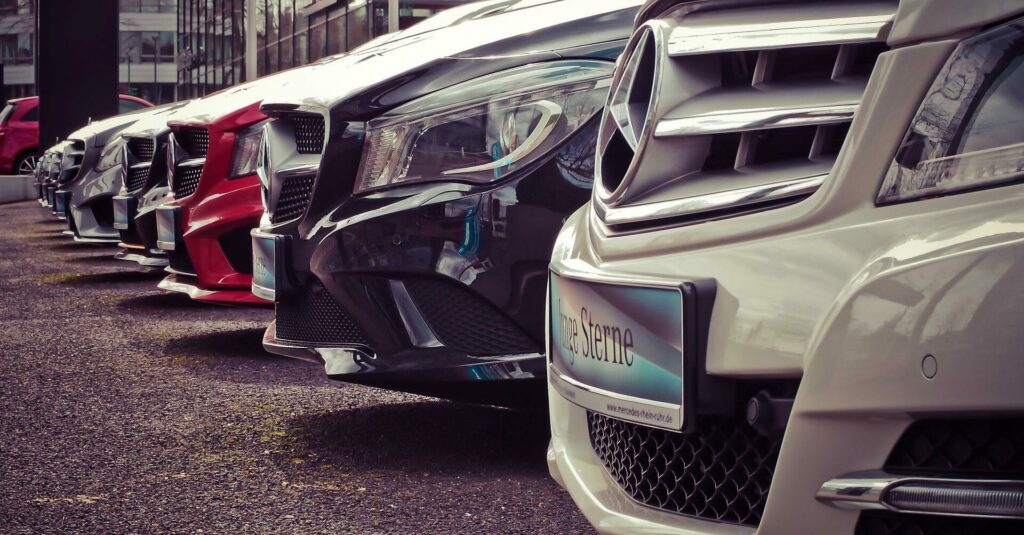We currently live in a society built upon excess, and buttressed by the status quo. People spend excessively in most areas of their lives in an attempt to climb the social ladder. The most wasteful place people do this in is often their automobile. Our population is constantly purchasing new cars for a price that is often colossal in comparison to that of a used car. Buying a new car is often the wrong choice because used cars are reliable, safe, and very cost effective. In our society, the use of old, cheap cars is an extremely efficient alternative to purchasing a new or only slightly used vehicle.
In This Article...
Thinking Broadly
In order to understand the situation better, one must first understand what the function of a vehicle is. There are a great variety of vehicles available to consumers that serve a great variety of functions, but when the function of the vehicle is broken down to its most rudimentary levels we always come up with the same result: The function of a vehicle is to transport people and goods from one place to another. When analyzed in terms of function, almost all of the vehicles on the road today are exactly the same. That’s right, a 10 year old Honda Civic transports people and goods in exactly the same manner as a Mercedes E class sedan. They can even drive on the same streets!
Complications
As soon as consumers begin to look at all cars as a mode of transportation instead of as a status symbol, they can begin to exploit the numerous advantages of used car ownership. The fact that transportation is an important factor in everyone’s lives leads many people to think that buying a new car is a good investment in their future, economists often laugh at this fact. This is because new cars cost a few orders of magnitude more than their slightly worn counterparts.
The Biggest Downside
According to CNW Marketing Research the average price of a new car in 2005 was $26,751 whereas the average cost of a used car was $9,832. The fifteen thousand dollar difference in average prices may seem like a lot, but the story does not end here. The average new car will cause its owner to lose far more money when he tries to resell the car than the average used car will. This is because of something called residual value. In the real world, almost everything except for land decays at different rates over time. The value that this decay represents is called depreciation. According to consumer reports the average new car can depreciate up to 20% the moment that it is purchased. That means the buyer of an average new car could lose $5,350 within seconds. Where did this money go? In the consumer’s eyes it is gone with no chance of recovery. After losing 20% of their value in the first hour, new cars continue to depreciate at a rate of 12% per year. When compounded, this means that after 4 years of driving, you will have lost roughly half of what you originally paid for it!
Used cars on the other hand deteriorate at the more steady rate of between seven and twelve percent. This may not seem like a considerably smaller amount of decay until one realizes that this percentage of decay is being calculated with considerably smaller initial investment. That means that instead of taking 12% of $26,751 you would be taking 12% of $9,832. The end result of purchasing a used car is a momentous amount of money saved through a lower rate of depreciation.
Despite the obvious economical advantages of purchasing a used car many Americans continue to purchase new cars. A key reason they continue to do so is status. A new car is a way of showing to the rest of the world how much better you are than them. To a stranger, the owner of a ten year old Honda Civic could be imagined to be someone quite different than the owner of a brand new Mercedes sedan. This is because society tends to view possessions as a status symbol instead of tools. In reality, since both the ten year old Honda Civic and the Mercedes sedan can transport people and goods from one place to another, they are essentially the same.
Counter-Arguments
Some may argue that new cars offer a higher degree of features and reliability. Although there is some accuracy to this statement, it is generally used as subterfuge by the individual trying to make his or her status known to the world. Used cars can be had on a sliding scale. That is, the buyer can choose how much money they wish to spend, and in return receive an appropriate amount of reliability and features. Due to this fact, used cars can suit the needs of buyers more appropriately. Moreover, over the life of any car, parts can be replaced to add reliability or aftermarket parts installed to add new features. That means that one would not have to buy a new car in order to have a newly developed feature. They could simply install the features that they want, or replace some parts for the reliability that they desire.
Conclusion
In conclusion, purchasing a used car is always the right choice. That is because used cars serve the same function as their more expensive counterparts, they can be had for varying amounts of money depending on the buyer’s needs, and they will save the buyer a huge amount of money in the long run.

